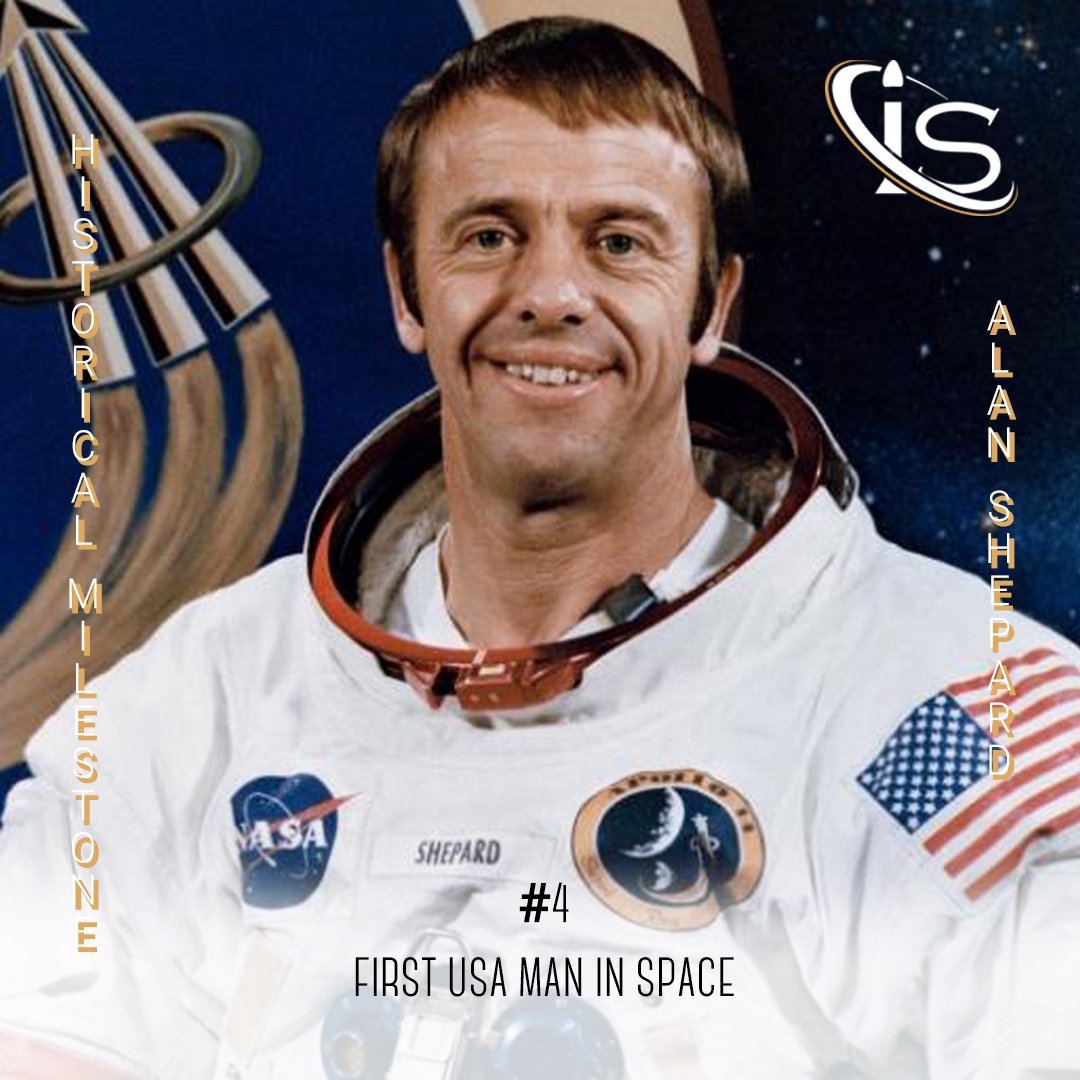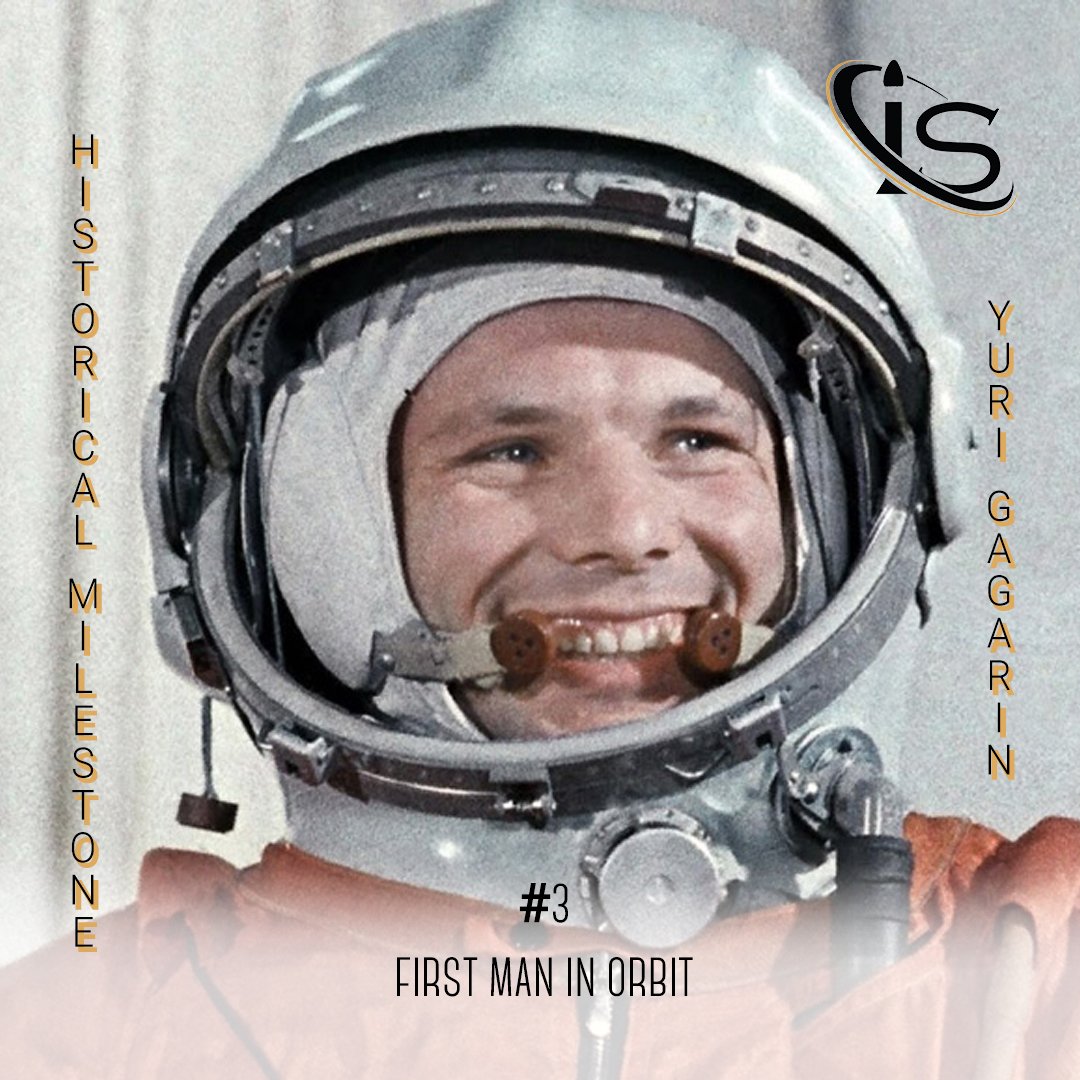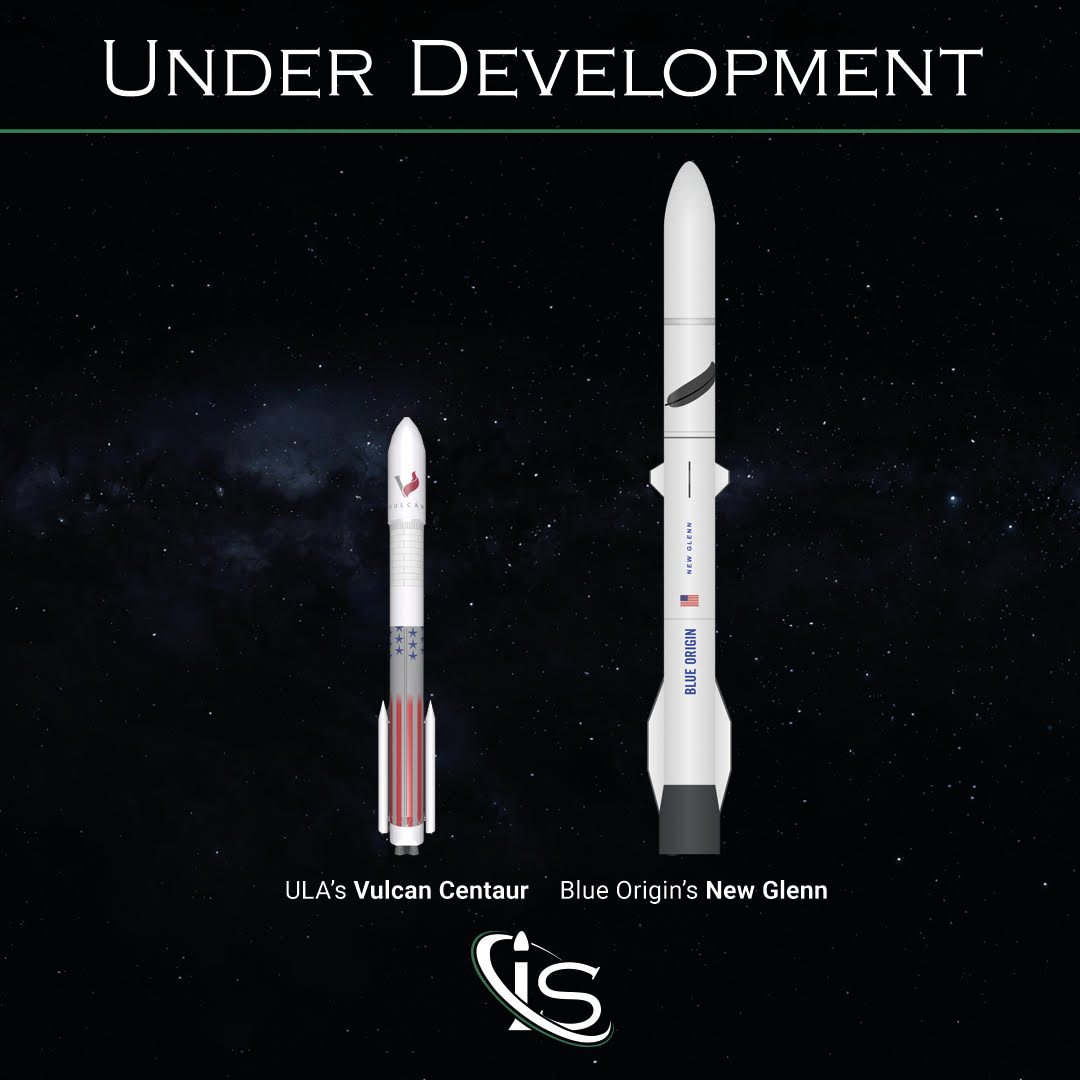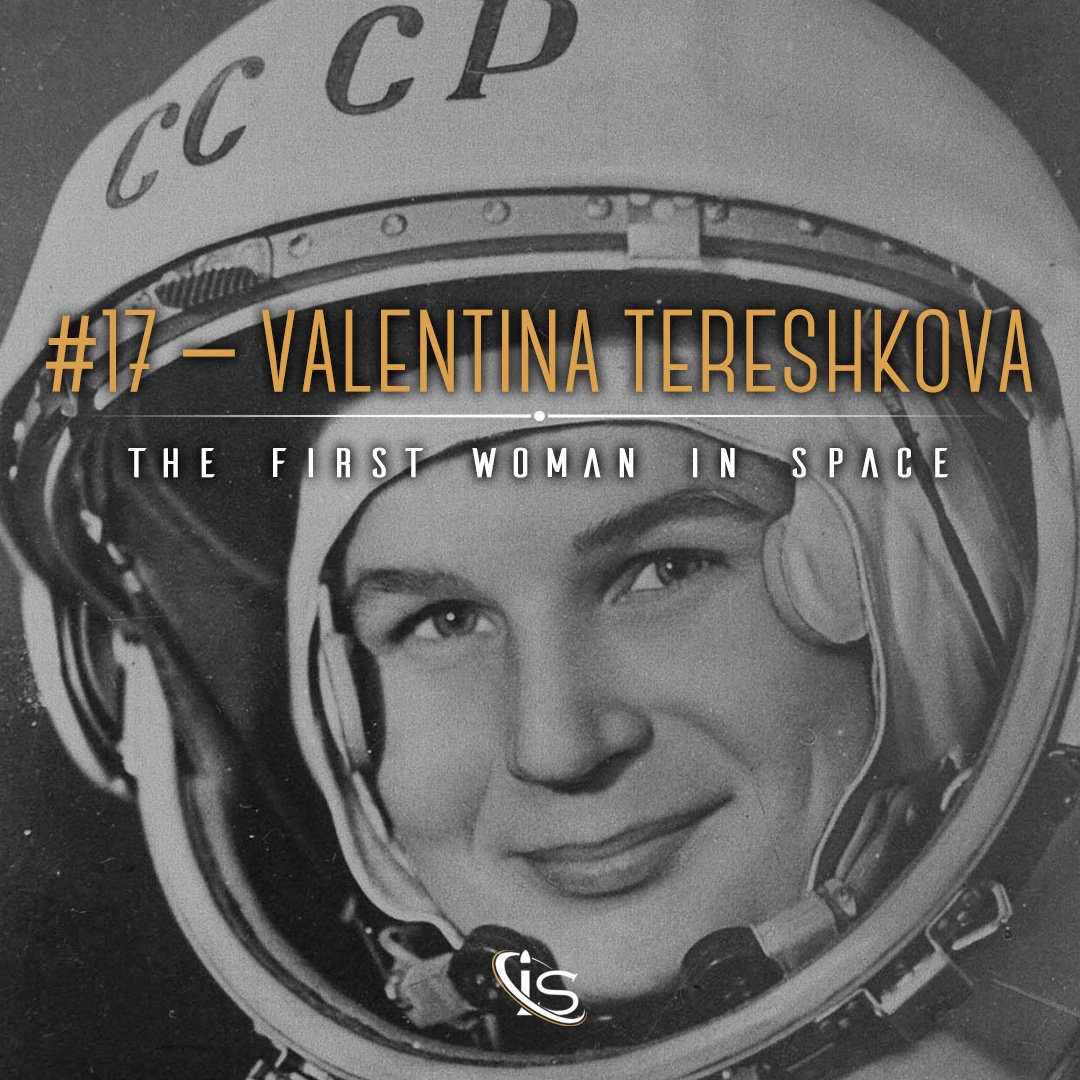Last month, we talked about the first man to go into space, Yuri Gagarin. He hailed from the Soviet Union and went into orbit on April 12, 1961. Of course, as this happened in the middle of the space race, anything that the Soviet Union did was going to be immediately followed by the USA. And vice versa. So, it should come as no surprise that, less than a month after Gagarin’s flight, a man from the United States became the second person to ever go to space. That man’s name was Alan Shepard.

The Mercury 7
As was the case with Gagarin, Shepard had a lot of competition to face in order to become the first American man in space. This included fellow astronaut, John Glenn, who would go on to become the first American to orbit Earth. The competition also led Shepard to take inspiration from Glenn. To emulate his colleague, he quit smoking and started his own daily jogging routine. The selection process for the first American astronauts began with 110 men. This number was then divided into three groups. Although, as it turns out, the first two alone provided enough men, leading to the third never being considered.
There were a lot of factors involved when picking people for this project. However, much like what was happening in the Soviet Union, the height requirement was one of the most crucial ones. In fact, due to the size of the Mercury spacecraft, candidates could not be taller than 180 cm, or 5’11”.
While the Mercury 7 — the name given to the first seven American astronauts — started training in 1959, it took until January 19th, 1961, for Shepard to be chosen for the mission. When he told his wife, Louise, that she had her arms around the person who would become the first man in space, her response was an amusing “Who let a Russian in here?”. In hindsight, her answer was both humorous and accurate.
Freedom 7
After multiple postponements due to unforeseen preparatory work, the flight was finally scheduled to take place on May 5th, 1961. On this day, Shepard was woken up at 1:10 am and served breakfast. After getting ready, he boarded the Freedom 7 spacecraft — which he had named, himself.
As was the case with Gagarin, the launch experienced serious delays. Unfortunately, while Vostok 1’s problems let Gagarin exit the spacecraft, Shepard was stuck inside Freedom 7 — and his space suit — for 4 hours. 2 more than the expected timeline.
This led to the unfortunate event of Shepard having to empty his bladder inside his space suit. And while that was certainly not a pleasant experience, it did pave the way for future space suits to include a liquid waste collection feature.
When it was finally time for lift off, Alan Shepard and Freedom 7 were launched aboard a Redstone rocket. As for the flight itself, there were a couple differences between Vostok 1 and Freedom 7’s journeys through space. First off, Vostok 1 was fully automated, while Shepard had some control of the Freedom 7 spacecraft. This was particularly true for the attitude of his vehicle.
Back On Earth
After reaching an altitude of 187.4 km, Shepard and Freedom 7 began their descent back to Earth. The splashed down in the Atlantic Ocean, 487.3 km from the Atlantic Missile Range. The total duration for the flight was 15 ½ minutes. Afterwards, Shepard went on to say that he “didn’t really feel the flight was a success until the recovery had been successfully completed. It’s not the fall that hurts; it’s the sudden stop.”. A recovery helicopter arrived at the splashdown location shortly after Freedom 7 hit the ocean. It then brought both Shepard and Freedom 7 to the USS Lake Champlain aircraft carrier.
Much like Gagarin, Alan Shepard became a national hero. After his flight, parades were held in his honor in New York, Los Angeles, and Washington. He also received the NASA Distinguished Service Medal by President Kennedy and was awarded the Distinguished Flying Cross.
Before ending this historical milestone, one final quote by Alan Shepard seems particularly appropriate. When reporters asked him what he was thinking of waiting for lift off, Shepard simply replied, “The fact that every part of this ship was built by the lowest bidder.” The fact that he still chose to do this mission knowing that truly speaks to the kind of character he had.





